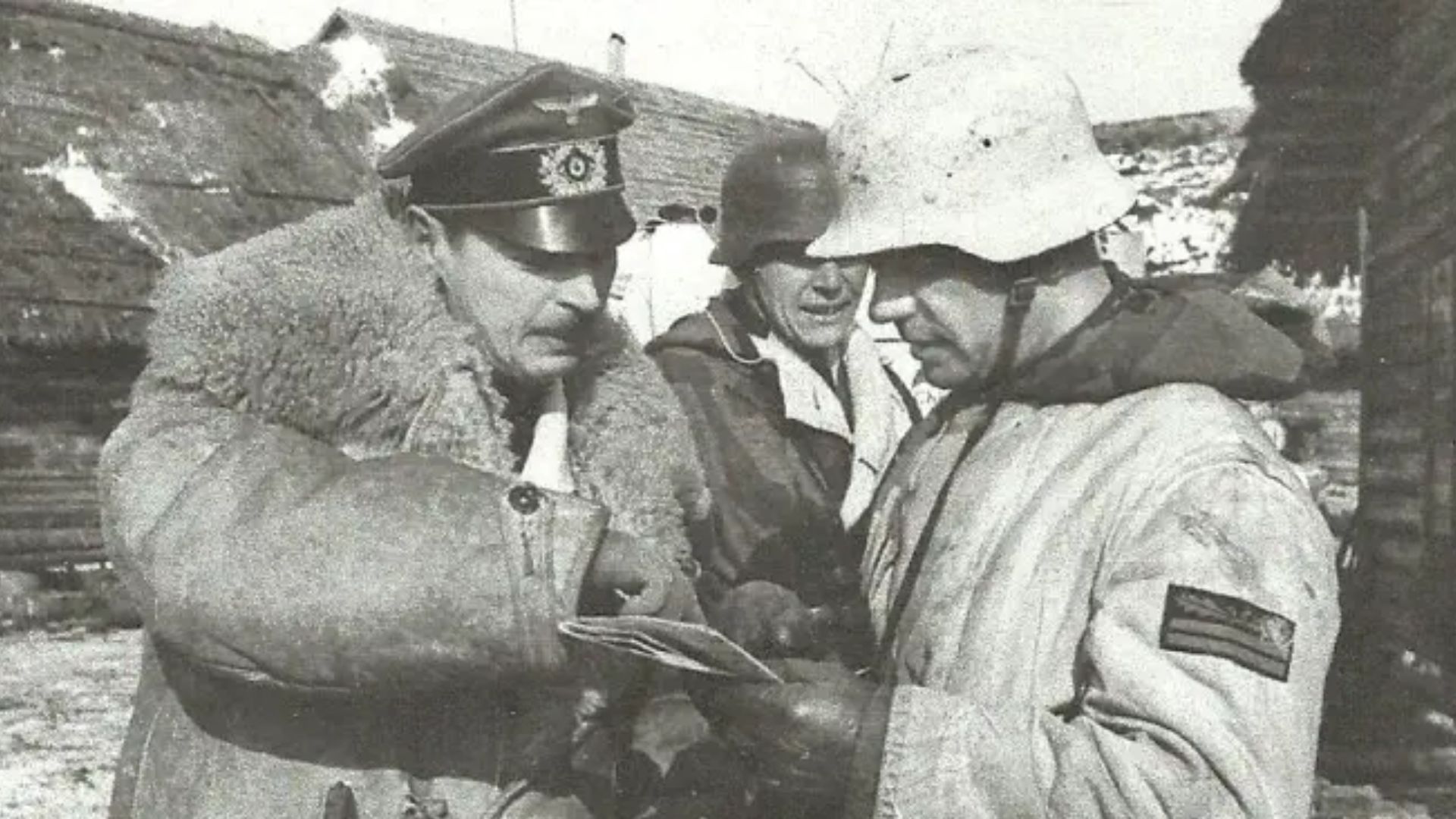
Mikhail Petrovich Kirponos (Research Transliteration, in Wertijewka at Nezhin, Kyiv Governorate, Russian Empire, today Chernihiv Oblast, Ukraine; † 20 September 1941 in Schumeikowo at Lochvitsa, Ukraine) was a Soviet general of Ukrainian descent.
Life
Since 1915, a soldier in the First World War, Kirponos trained as a medic. In August 1917, he was on the Rumanian front to the representatives of revolutionary committees in the 5th Regiment Infantry Division. He was elected in November as chairman of the Committee of 26 Rifle Corps. After the October Revolution, he joined the Red Army, with which he participated in the Russian Civil War.
Also in 1918, he joined the Communist Party of Russia. In December 1919, he was promoted to battalion commander and later became chief of staff, then Deputy Commander, and finally commander of the 22 Ukrainian Soviet Regiment.
After the Civil War, Kirponos served as deputy head of a military school and then as chief of staff of the 5th Herber Rifle Division. He graduated from the Military Academy in 1927, “MV Frunze,” and then became head of the military school in Kazan.
For his achievements as commander of the 70th Rifle Division in the Finnish Winter War, he was 21 March 1940 as a hero of the Soviet Union (No. 91). He was given command of the XIX in April 1940. Rifle Corps, in June 1940, he became commander of the Leningrad Military District before joining the commander of the Special Kyiv Military District was appointed in February 1941; from the German invasion of the Soviet Union, the West Front emerged, which later Tymoshenko was under the command Budjonnys and.
Unlike Army General Pavlov, the commander in chief of the Western Front, Kirponos believed the German defector reported about the impending attack and had put his troops on alert in time. He also sat down with Stalin in conjunction when he learned of the defectors that German troops were already setting over the bow and prepared an invasion.
In Moscow, its military point of sensible proposal to evacuate the population, as well as the reinforcement of border security, is viewed as a provocation of the German Reich, which could not be done because it would be a pretext for the start of the war. Thus, political considerations, not factual military, were decisive for the rejection.
He also had staggered sent his units, and they were moving out of it. The breakthrough of Panzer Group 1 (Kleist), he immediately sent against your tank. So he managed some time to slow down the German advance at least.
Stalin’s command, “stand, hold and if necessary die,” eventually led to the encirclement of his forces in the Battle of Kyiv. On 20 September 1941, the headquarters of the front itself was surprisingly involved in a skirmish with German forces. Kirponos initiated from the struggles of a forest, where he was soon wounded. A short time later, he suffered a fatal injury by shrapnel, from which he died two minutes later.
Before his death, he still met together with Rokossovsky, who had taken a Corps in the Kiev Military District under him, as the book given in military duty.
It is apparent in Rokossowski's account that the agreement between Kirponos was not functioning optimally as commander and his staff, and this could not have occurred to change the situation.
Honors
In Kiev there is a Kirponos monument. Sixty years after these events and the collapse of the Soviet Union, he is highly revered in both Ukraine and Russia for his military leadership, his morality, and his courage.